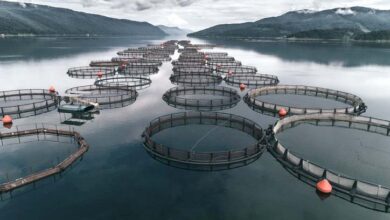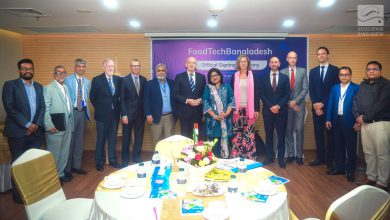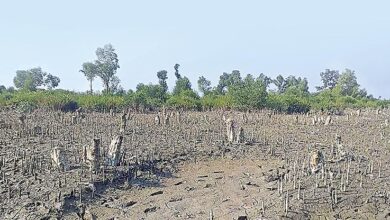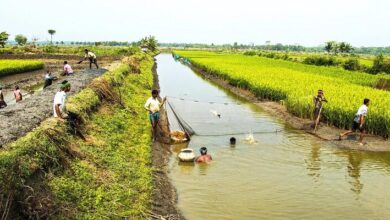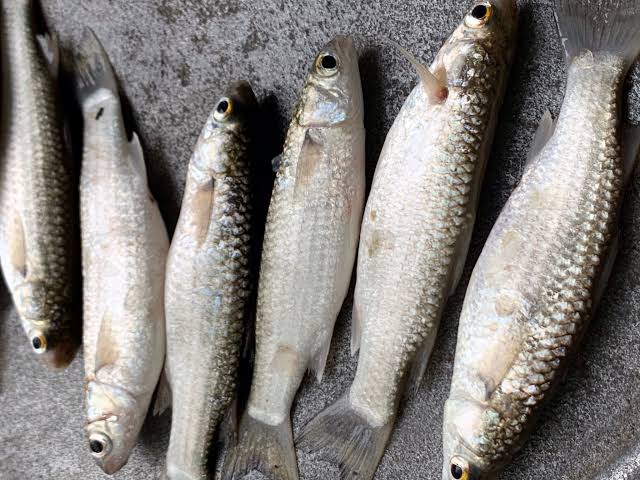
The Mullet, an omnivorous fish species recognized for its ability to adapt for a range of temperatures and salinity. Mullet fish culture is not yet well known in Bangladesh, though it is one of the finest fish in the market for many countries. Despite its popularity, the technology-driven cultivation of mullet has yet to gain widespread acceptance due to a scarcity of seeds produced in hatcheries and the inherently slow growth rate of the species.
The mullet seeds enter the traditional aquaculture farms through the sluice-gates at high tide and grow there until harvest. Grey mullet is typically raised in semi-intensive polyculture ponds alongside milkfish, common carp, grass carp, silver carp, and tilapia. Due to their omnivorous eating style, mullet is regarded as a top candidate for sustainable aquaculture.
The Bangladesh Fisheries Research Institute (BFRI) brackish water Station Paikgacha, located near Khulna in the southern area of Bangladesh, made one attempt to perform greenback mullet fish cultivation. In 2015, three trials (each requiring 150 days of culture) of green back mullet were carried out over a five-month period (March to July) in nine experimental ponds. The production and financial results were extremely positive, which would provide profit to farmers, particularly in southern Bangladesh.
It has high demand both in the domestic market and abroad. This fish is naturally generated in large quantities as a wild capture in the ghers. To boost the productivity of the ghers, it is now essential to design an appropriate culture technology for this species. However, there hasn’t yet been any attempt made in this direction. Greenback mullet, Chelon subviridis, breeding, seed production and culture technology need to be improved in recognition of the fish’s significance. In order for mullet fish to grow and survive at their best, excellent water quality must be maintained.
Mullets can be raised in saltwater or freshwater environments, for that the seed needs to be appropriately acclimated. There is a considerable mariculture region in Bangladesh. Bangladesh’s mullet fish culture has the potential to improve food security, employment prospects and livelihood income. It will contribute to Bangladesh’s increased economic viability. On-growing methodology, in shallow coastal water bodies and netted enclosures in semi-intensive ponds, flat head grey mullet can be raised in polyculture.
Mullet fish cultivation can be beneficial in many ways. They consume inexpensive food and gain satisfactory growth. It is regarded as an effective bioremediator in aquaculture and frequently utilized in polyculture systems to improve sediment quality because of its benthic feeding behavior.
Traditional brackish water aquaculture can include mullet. The mangrove forests offer a suitable habitat for the fish’s larval, juvenile and subadult stages. It is obvious that gathering fish seeds from the wild will have a negative impact on the species’ natural population. The majority of the mullet species in the area often breed at the same time, resulting in the mingling of seeds from related species in shoals.
By reducing extreme poverty and development obstacles, Bangladesh must preserve its extraordinary development achievements. In Bangladesh, mullet fish culture has the potential to open up new doors for farmers’ socioeconomic advancement. This possible culture system needs to be improved through additional study and research.
Farhana Islam
Agriculturist, Researcher

